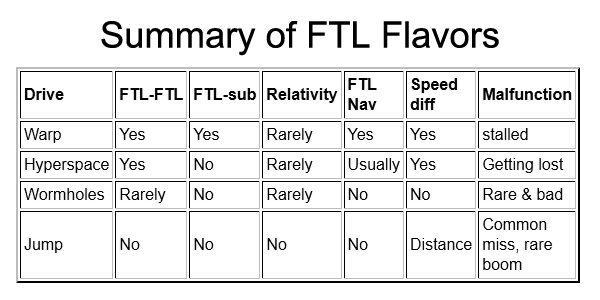I recently ran across a blog post that pointed out that Tatooine (the Star Wars planet of double-sunset fame) could never exist because of the problems inherent to the 3-body problem. Specifically, Kepler’s laws of planetary motion get all wonky when you are dealing with more than the two bodies: the planet and the sun. In fact, orbital patterns can start to look a little crazy, and yes, in situations like that, Tatooine would not survive long enough to even form, let alone be settled by sand people, Jedi, and various assorted scum and villainy.
Except that this doesn’t have to be the case. There are a variety of cases where a planetary orbit can be quite stable in a binary star system, provided it’s in the right place.
LOCATION LOCATION LOCATION
Yeah, that’s right, it’s all about orbital real estate. The sweet spots seem to be either very close to one of them, or very far away from both.
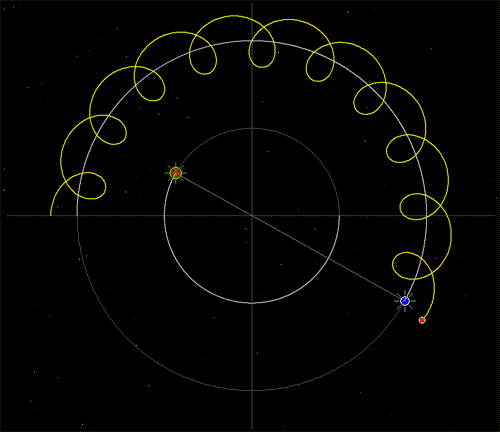 When the planet is much closer to one star than the other, the distant star does not have much gravitational influence on the planet’s orbit. It can orbit the smaller star in a nice circular orbit, almost as though the other star weren’t there at all. Well, it looks like a circular orbit from the point of view of the nearby star. From the point of view of the system’s center of gravity, it’s more akin to a spirograph. (And yes, I know that this dates me, but spirographs were cool!)
When the planet is much closer to one star than the other, the distant star does not have much gravitational influence on the planet’s orbit. It can orbit the smaller star in a nice circular orbit, almost as though the other star weren’t there at all. Well, it looks like a circular orbit from the point of view of the nearby star. From the point of view of the system’s center of gravity, it’s more akin to a spirograph. (And yes, I know that this dates me, but spirographs were cool!)
 Here, instead of Tatooine’s double-sunset, you’ll have half the year with no night at all. Sure, one sun will set, just as the other one is coming up. I imagine that will be summer, regardless of the planet’s tilt, because overnight lows only come when there is night. It might make for an interesting place to live, but the seasons could be a little intense.
Here, instead of Tatooine’s double-sunset, you’ll have half the year with no night at all. Sure, one sun will set, just as the other one is coming up. I imagine that will be summer, regardless of the planet’s tilt, because overnight lows only come when there is night. It might make for an interesting place to live, but the seasons could be a little intense.
A more Earthlike (or at least Tatooine-like) experience will come if you can get far away from both stars. Put them together in the center of the system, spinning merrily around each other, and stay out in the suburbs where it’s cool and relatively steady.
 Here, your orbit is stable, close to circular, and any seasons you have will be due to axial tilt, not varying proximity to the great fiery balls in the sky. Plus, you know… the infamous double-sunset.
Here, your orbit is stable, close to circular, and any seasons you have will be due to axial tilt, not varying proximity to the great fiery balls in the sky. Plus, you know… the infamous double-sunset.
But this isn’t just me jerking around with a gravity simulator. Nope, it’s backed up by actual observations. Now that we have a decade’s worth of observations from the Kepler satellite telescope, we have actually found a number of planets orbiting in binary systems. So far, we have found at least five planets orbiting tight binaries, much like Tatooine.
So, don’t throw away your Star Wars travel plans. Tatooine is very likely out there somewhere, possibly in a galaxy very nearby.

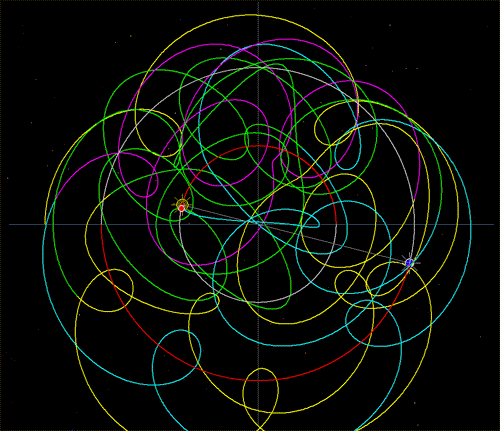

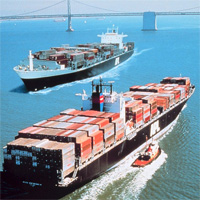
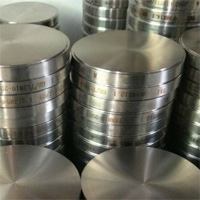

 Red Planet: This one was apparently too boring for most folks, but I found it engaging. While the science jumped back and forth between spot-on and WTF, I enjoyed the gritty problems they engaged, from fire in space, to making an overland trek across the Martian desert. Plus, I really enjoyed Val Kilmer’s character and the sexual tension he had with the pilot Carrie Ann Moss. I’ll admit, the whole robot idea was ill-conceived, but it did add a little excitement. And of course, the line that stuck with me: “This is it. That moment they told us in high school where one day, algebra would save our lives.”
Red Planet: This one was apparently too boring for most folks, but I found it engaging. While the science jumped back and forth between spot-on and WTF, I enjoyed the gritty problems they engaged, from fire in space, to making an overland trek across the Martian desert. Plus, I really enjoyed Val Kilmer’s character and the sexual tension he had with the pilot Carrie Ann Moss. I’ll admit, the whole robot idea was ill-conceived, but it did add a little excitement. And of course, the line that stuck with me: “This is it. That moment they told us in high school where one day, algebra would save our lives.” Mars One
Mars One Mostly, though, I want to talk about death, because that’s where these guys are headed. They make no bones about it, but this is a one-way ticket. I don’t think that they’re going to perish en route or in their first week, but the very real fact is that these volunteers are going to die on Mars. There is no return-flight on the horizon. This is nothing all that new in human history. There have been plenty of cases where colonists sailed off to the wilderness, fully intent on never returning, but in today’s world of jet travel, we’ve gotten away from that thinking.
Mostly, though, I want to talk about death, because that’s where these guys are headed. They make no bones about it, but this is a one-way ticket. I don’t think that they’re going to perish en route or in their first week, but the very real fact is that these volunteers are going to die on Mars. There is no return-flight on the horizon. This is nothing all that new in human history. There have been plenty of cases where colonists sailed off to the wilderness, fully intent on never returning, but in today’s world of jet travel, we’ve gotten away from that thinking.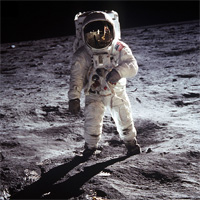 For others, there might be a little lure for fame. Certainly with the reality TV show funding the ongoing operations, there will be a lot of fame back on Earth, but there is also the compelling allure of a place in the history books. They will be up there with Columbus and Neil Armstrong in the history books. Martian high schools will someday be named after them. Historians will perpetually debate the critical airlock decision of 2027. For some people, that is essentially their immortality, and an early death on the mortal plane is worth it.
For others, there might be a little lure for fame. Certainly with the reality TV show funding the ongoing operations, there will be a lot of fame back on Earth, but there is also the compelling allure of a place in the history books. They will be up there with Columbus and Neil Armstrong in the history books. Martian high schools will someday be named after them. Historians will perpetually debate the critical airlock decision of 2027. For some people, that is essentially their immortality, and an early death on the mortal plane is worth it.